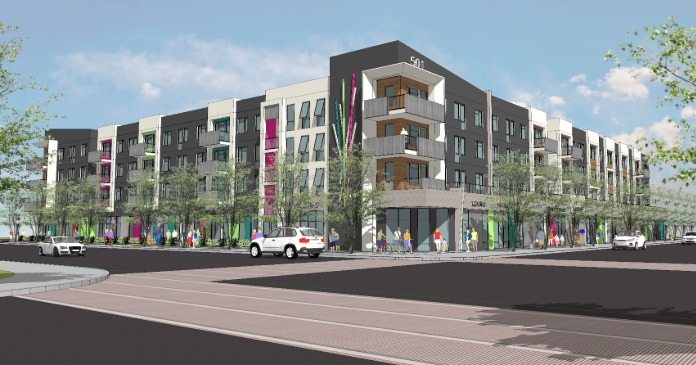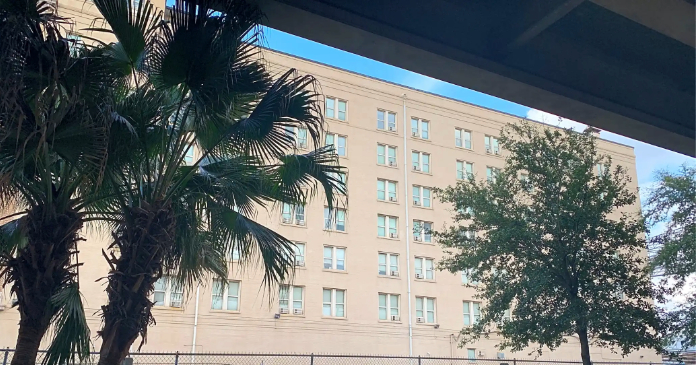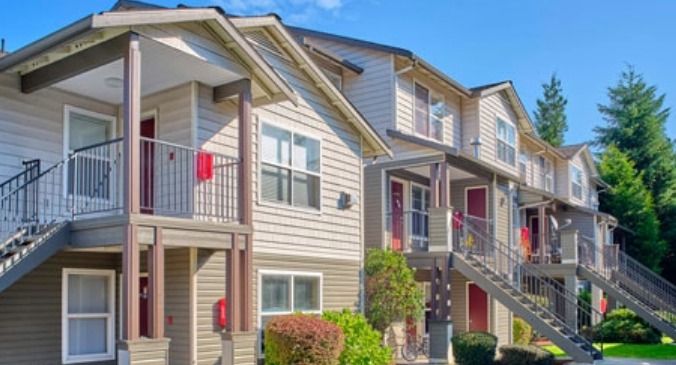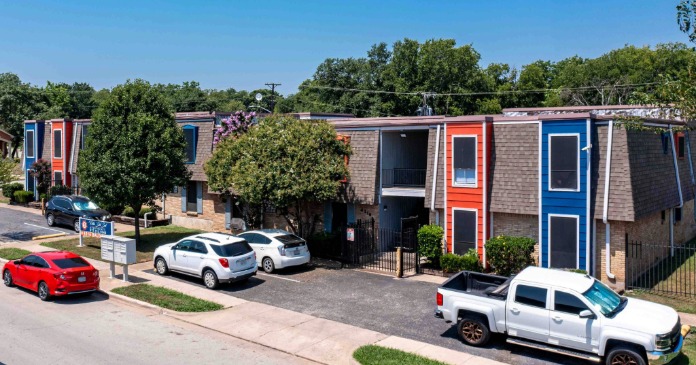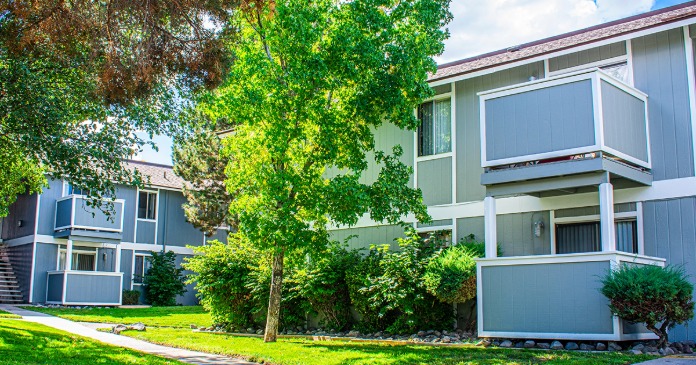The state of California is finally addressing one of the biggest barriers to housing development through much-anticipated CEQA reform. The misuse of the California Environmental Quality Act (CEQA), which rental housing economist Jay Parsons has called “the weaponization of environmental protections,” has blocked the development of much-needed rental housing across the state.
Legislation signed by Governor Gavin Newsom as part of a $320 billion budget package will now exempt a broad array of housing and infrastructure projects from CEQA, a law dating back to 1970 under Governor Ronald Reagan.
CEQA reform targets regulatory gridlock
California’s multifamily sector has long been entangled in a web of lawsuits and delays, as CEQA was used not only to protect the environment, but also to obstruct development through excessive litigation. These tactics had unintended consequences that worsened the housing shortage. But, as Parsons puts it, “It’s never too late to correct bad policy.” New bipartisan CEQA reform aims to curb CEQA misuse and fast-track housing projects, signaling a pivot toward policies that reflect market realities.
The reforms streamline CEQA review for infill and infrastructure development, creating new exemptions and removing the need for extensive environmental review in many cases. Advocates in the housing industry are cautiously optimistic this marks a turning point, even as environmental groups warn of a sweeping reversal in protections.
A crisis decades in the making
California’s housing crisis stems from a fundamental supply/ demand imbalance. Governor Newsom acknowledged this directly, stating, “We have too much demand chasing too little supply. This is not complicated, it is Econ 101.”
Historically, Democrats have considered CEQA a pillar of environmental policy and were reluctant to weaken it. Newsom’s move likely reflects political calculus as much, or even more than, a policy shift, a point echoed by some housing advocates.
Red Tape as Roadblock
For years, projects have been stalled by CEQA claims ranging from bird strikes and shadow casting to noise concerns and wildlife sanctuaries, including one city’s declaration of itself as a mountain lion refuge.
These tactics have delayed or derailed essential housing for students, workers, and families. Industry professionals note that regulatory compliance alone can make or break project feasibility.
California’s population growth, high cost of living, and severe shortage of affordable units, often exacerbated by CEQA, have pushed the housing market to a breaking point.
CEQA Reform is a start — but not a cure-all
While CEQA reform is a step forward, it won’t solve other structural issues like tariffs on materials or rising interest rates. Zoning laws, permitting delays, and fiscal policies such as Proposition 13 also continue to complicate development.
Still, CEQA reform reflects a growing awareness that housing development and environmental stewardship don’t have to be at odds. Common-sense changes can protect natural resources while lifting barriers that have long stifled growth.
For Californians facing soaring rents and limited options, this shift brings hope and a chance to align housing policy with economic reality, allowing multifamily developers to deliver the affordable homes the state so desperately needs.





